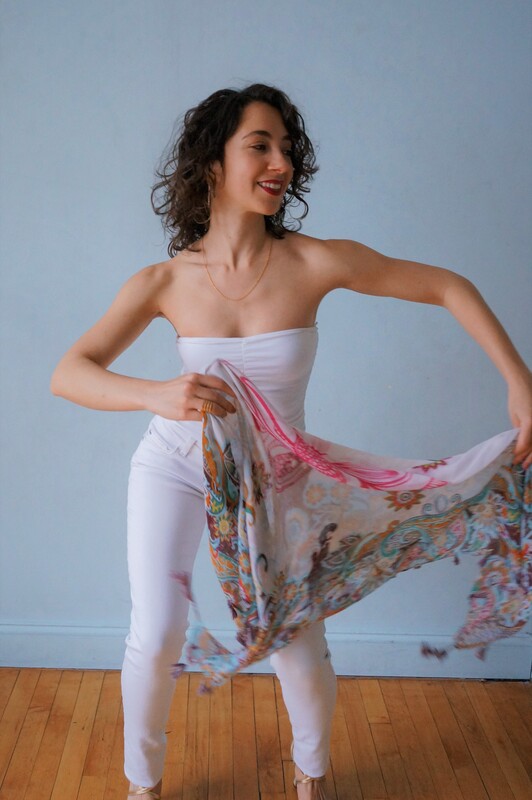Bonus afro cuban workshop with leilani this weekend!Last week's workshop with Leilani was so fun! We are bringing it back this weekend for an extra round. Leilani will review and expand upon some of the concepts covered in last week's workshop. No worries if you didn't make it last week though! You are welcome to hop in this week. All levels welcome! This workshop with Leilani will focus on the rhythm of the clave! I caught up with Leilani to find out more about this rhythm that is the foundation of Rumba and appears in a lot of popular music today. Learn a little more about La Clave from Leilani!
What is the clave? “Clave can refer to a rhythm or it could refer to the instrument- 2 wooden sticks. There are many different types of clave. The standard is the 1-2-1-2-3, in America they refer to it as the salsa clave. We call it clave de son. You hear it in Rumba. The Rumba is folkloric social dance from Cuba and the soul of it is clave.” Where did it come from? “It’s commonly associated with Cuba, however there is some research that thinks it may have originated in West Africa even though the rhythm is associated with Cuba. West Africans were robbed of their homeland. Primarily, Cubans today are the descendants of West Africans mixed with Spaniards- so it is hard to know whether it started in Cuba or started in West Africa and came to Cuba through the slave trade. It is pretty commonly recognized that the wooden sticks started in Cuba because of Africans who were enslaved and became Cubans. Their descendants who were working in the shipyards in Havana developed the wooden sticks. Cuba is where the clave is thought to have originated but really it is an African feel.” Can you talk about the development of the dance in relation to this rhythm? “Rumba came from community street parties. The foundation of Rumba is the clave. There’s not really a lot of documentation as to how the dance started- but when you hear the music and you see the dancing it just kind of makes sense. Your body moves to the rhythm of la clave. The torso moves, the hips move, the feet move. The feet remind me a lot of the zapateo from flamenco which you see in the south of Spain which comes from the Gypsies. You also see it in the countryside above Cuba. What is so African is the hips and the torso. The torso does almost a figure 8- its one of the more difficult things to learn in the Rumba. The hips move with the feet, side to side like a pendulum. When you see the dancing you see la clave. The dance is born from that rhythm. Even though it developed in Cuba - its very African, close to the ground, your heart is to the ground, your knees are very flexed, in order to be close to the earth- that’s where you get that energy from. The dance becomes the clave.” Comments are closed.
|
ContributorsKayla Bobalek Archives
May 2024
Categories |
Locations
812 Chestnut StSearch 'Urban Movement Arts @ 812 Chestnut' on Google Maps
|
2100 Chestnut St. 2nd Flr
*entrance is on 21st! between Rione Pizza & Monde Market*
|


 RSS Feed
RSS Feed